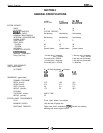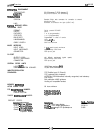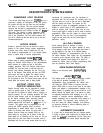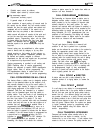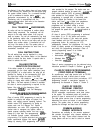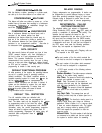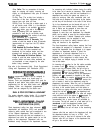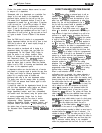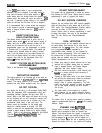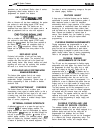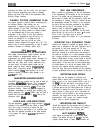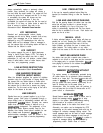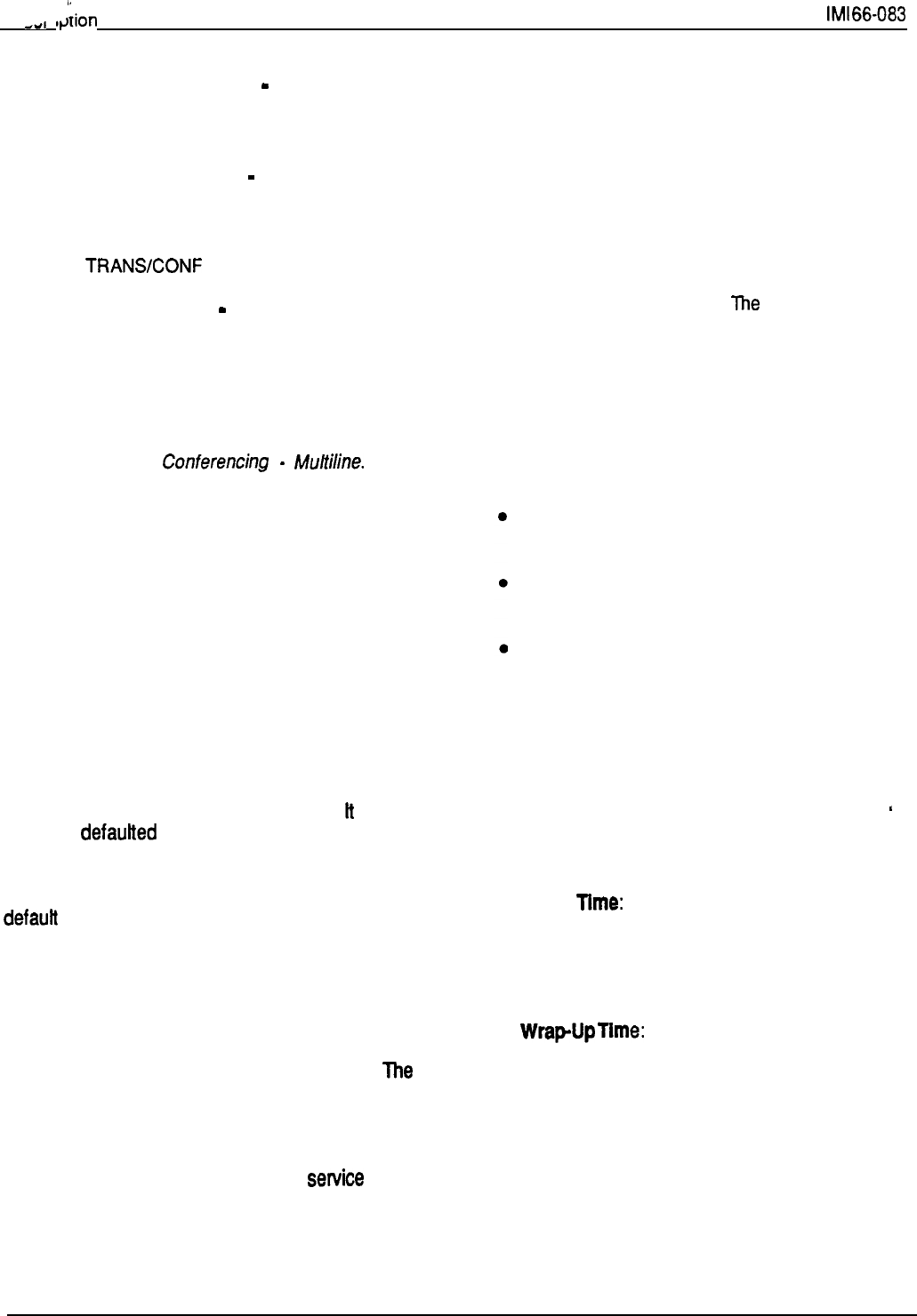
8.
__,
,,.rtion
Of System Features
lMl66-083
CONFERENCING
-
ADD-ON
With this feature, a station, operating in a private mode,
can add up to four other stations to an outside call.
CONFERENCING
-
MULTILINE
This feature will allow one station to access up
to
four
outside lines at the same time resulting in a conference
arrangement. Conferencing is established through the
use of the
TRANSKONF
button.
,
CONFERENCING
-
UNSUPERVISED
After a conference between an internal party and a
maximum of two external parties has been
established, this feature allows the internal party to
drop out of the conference by dialing a special code.
The conference between the two outside parties
continues in an unsupervised condition. Also refer to
the discussion titled:
Conferencing
-
Multiline.
DATA SECURITY
This data security feature will prevent any type of tone
(DTMF, camp-on, barge-in, etc.) from interrupting a
call that is active on a port programmed with the
feature. This prevents interference to non-voice
communications from occurring when the port is being
used as a data port (when operating a modem through
an OPX port for, example).
Use station class of service
programming to enable a data security port.
DEFAULT FUNCTIONAL PROGRAM
At initial power-up of the system, the operating features
are set to a specific group of operating conditions
(defautt conditions). The defautt conditions provide a
complete operating system for normal use.
tt
can be
left as a defautted system or reprogrammed as
desired. Defauft conditions can be reset if desired. A
system can be defaufted by system, line, and station
class of service programming. A master clear will
defauft the entire system and erase all stored
programmable button information.
DEFAULT TOLL RESTRICTION
Two toll restriction tables are defaulted with
pre-programmed values and are pre-assigned to all
lines. The tables need only be assigned to the
stations
by programming action to put them into effect. The
defaulted tables can be reprogrammed with different
information using the normal programming procedure.
Assign toll tables to stations using station class Of
service programming. Reprogram toll tables using toll
restriction table configuration class of service
programming.
DELAYED RINGING
Pinging assignments are programmable. A station can
be programmed to provide delayed ringing on some
lines while providing immediate ringing on other lines.
Delayed ringing is assigned to certain lines at each
station through station class of service programming.
DEPARTMENTAL CALLING
DISTRIBUTION REPORT
The attendant station can request a Departmental
Calling Distribution (DCD) report. The DCD report will
provide a compilation of department call activity. The
statistics that are reported are based on the
department assignments that are active at the time of
the report and are extracted from the SMDR records
collected by the system. For a report to be generated,
a department must exist. All calls that are included in
the DCD report, must meet the following conditions
before they are reported as department calls:
They must be incoming calls. Outgoing calls are
not reported in the DCD report.
The port number of the line which received the
call must be one that is assigned to a department.
The port number of the station which answered
the call must be assigned to a department.
l
A DCD report consists of the following columns
of information:
Station Number:
The station name or extension
number of the station being reported.
Idle Tlme:
The amount of time that the station is
on-hook and available to answer a call.
’
Dept.
Calls: The amount of time spent on
incoming calls that rang into the department and
calls that were transferred to the department.
Hold
Time:
The amount of time that department
calls spent in an on-hold state at a particular
station.
Avg. Dept. Calls:
The average time per call
(including on-hold time) that a station spent on a
call.
WrapUpTIme:
The time that a station spent in a
wrap-up mode doing such things as follow-up
paperwork. While a station is in a wrap-up mode,
it does not receive department calls. The station
user sets a wrap-up mode by pressing SHIFT
DND and repeats the procedure to clear the
wrap-up mode.
Missed Calls:
The total number of calls that are
not answered at a station and that are cycled by
the system to another station for answering
2-6




